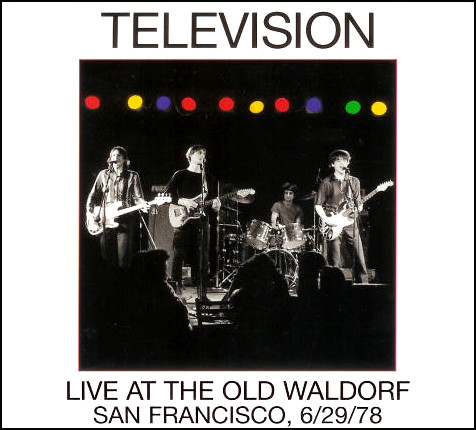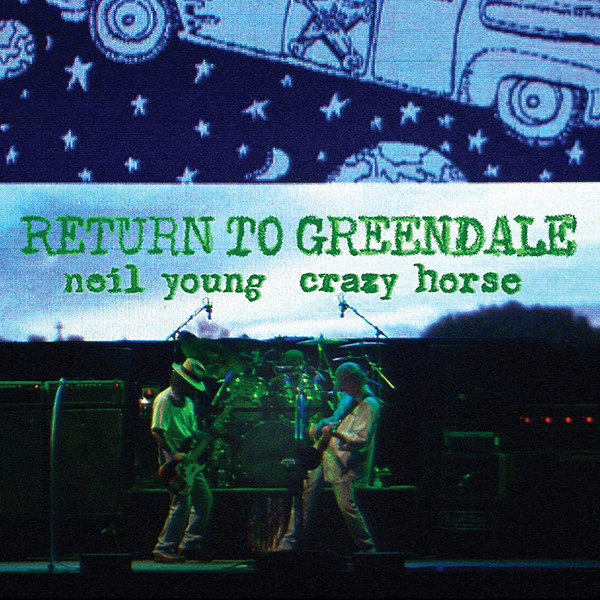Greendale had a lot to overcome, from the disappointment of
Are You Passionate? to the way Neil presented it to the world. It’s a song cycle that apparently came through him as we hear it, complete with background on each character and plot to fill the spaces in between the songs (at least until the movie came out). He played it acoustic with narration for a while, then brought Crazy Horse on tour on the eve of its release, and braved a pile of bad reviews and poor audience response for ignoring the hits. (Neil felt so strongly about the significance of the album that he released it the same day four of the Missing 6 appeared.)
Quite simply, it tells the story of an extended family on a farm in a small town, and how a single tragic incident leads to further tragedy, culminating in one character’s efforts to make the world a better place. The plot proceeds at a matter-of-fact pace, with compassion between each line.
“Falling From Above” sets the scene, with interlocking conversations between some of the characters, followed by more back story in “Double E”. “Devil’s Sidewalk” goes across town for another point of view over the first of several simple yet spellbinding riffs. “Leave The Driving” sets the plot in motion, followed by the effective storytelling of “Carmichael”, a song that really gets inside the head of real people. “Bandit” is achingly pretty, with a hopeful chorus that would have worked better as the title. It’s also the only song that works outside of the plot. “Grandpa’s Interview” moves the story along, and as long as it is, it’s not boring. Neil’s pump organ returns in the delicate “Bringin’ Down Dinner”, followed by the one-two indictment in “Sun Green” and “Be The Rain”. Whew.
Of course, the album takes longer than that simple synopsis. It works best heard in a single setting, and not piecemeal. This is his most overtly cinematic album, and coincidentally the most penetrable plotwise, though it doesn’t really have an ending. Given the simplistic arrangements and the politics, it’s clear why a lot of people didn’t like it. But they also didn’t give it a chance. Soundwise it’s a logical extension from the two previous Crazy Horse albums, even if Poncho wasn’t included on the sessions.
As he worked to get his message out, Neil took advantage of his website to provide visitors with a multimedia Greendale experience. Starting with a map, various pieces were filled in, including locations, family trees and even a recording of Pegi singing “Don’t Fence Me In”. The initial version of the CD came with a bonus DVD of a live acoustic performance of the songs, filmed in Dublin earlier in the year (which had already been available for streaming on the site). Then, a “second edition” followed a few months later, with a different DVD, this one covering the recording sessions. Whether it helped sales any is not known; what is known is that the fan base didn’t want to buy the album twice, no matter how much they liked it or didn’t.
Neil obviously had affection for the project, as he would eventually release a live version of the album as part of the Performance Series in his sprawling Archives.
Return To Greendale finds Crazy Horse stomping through the album in order in Toronto a month after it came out, stretching it just past the capacity for a single CD. Sadly for fans, the extra time on the second disc was not given over to any of the other songs played at the concert, but the booklet did include the songs’ lyrics for the first time. (The deluxe edition of the album offered the album on two CDs
and two LPs, plus a Blu-ray of the concert film and the DVD from the second edition of the original album.)
Greendale remains a polarizing album among critics and fans today. Detractors didn’t care about the ecological theme or thought the music was too simple; supporters felt Neil was exercising his art to the fullest, and that the Horse were the perfect vehicle for the tunes. Chances are it will remain overlooked.
Neil Young & Crazy Horse Greendale (2003)—3½
Neil Young & Crazy Horse Return To Greendale (2020)—3
 Even with the support of such an artist-centric label as Razor & Tie, Marshall Crenshaw wasn’t exactly prolific in the 21st century. The wonderfully titled acoustic live album I’ve Suffered For My Art… Now It’s Your Turn appeared in 2001, and another two years went by before he emerged with What’s In The Bag?
Even with the support of such an artist-centric label as Razor & Tie, Marshall Crenshaw wasn’t exactly prolific in the 21st century. The wonderfully titled acoustic live album I’ve Suffered For My Art… Now It’s Your Turn appeared in 2001, and another two years went by before he emerged with What’s In The Bag?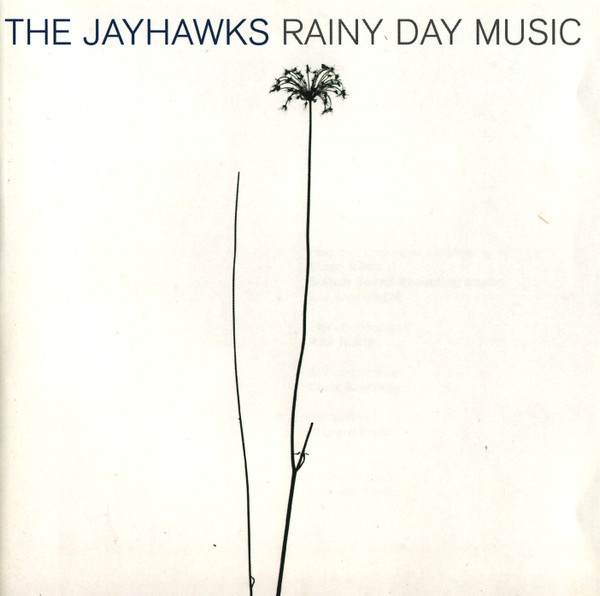

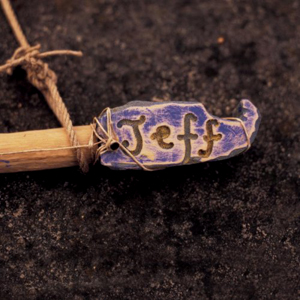




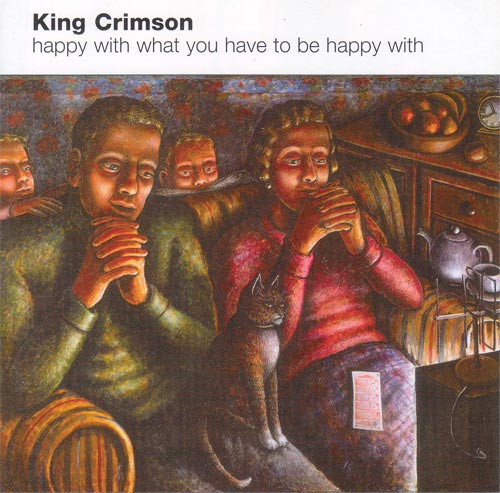
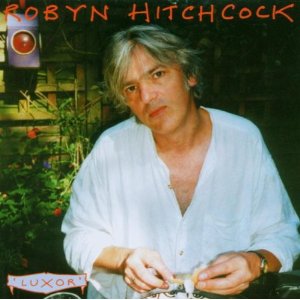
:format(jpeg):mode_rgb():quality(90)/discogs-images/R-1159821-1197659689.jpeg.jpg)
